Bloody Blueberries: A walk through the wood of war
There are no castles to see here, no fortresses and no impressive bunkers. It's just a forest, a light, airy summer forest full of blueberries. Cobwebs glisten in the sunlight, and the air smells of resin and coniferous wood. All very unspectacular. And yet a place where history was written that reverberates to this day.
We are in Poland, a country near and far away at the same time. This country has not always been in the same place throughout history. It was fought over, it changed its shape. In this forest we walk today there are only a few holes in the sandy soil, a few sunken old ditches and pieces of concrete that lead down into the depths.
You can read the first part here, second here, 3 here and 4 here and the 5 here, 6 here and more here and here
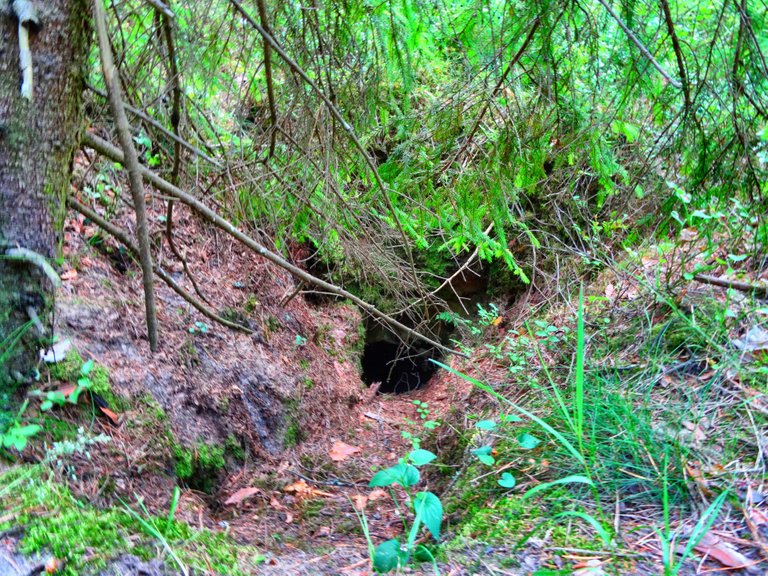 A rabbit hole from the first World War
A rabbit hole from the first World War
All of this is blueberry country. You doesn't have to search, you just has to pick. And be careful not to step into the strange ditches that run through the Masurian forests around Spychowo. These are no ordinary ditches, dug by streams or punched in by landslides. A concrete slab here, a deep hole in the ground there reveal what they really are: The long-forgotten remains of the Hindenburg Line, a front line position that kept World War I alive in the late summer of a hundred years ago by making it possible for the killing to continue.
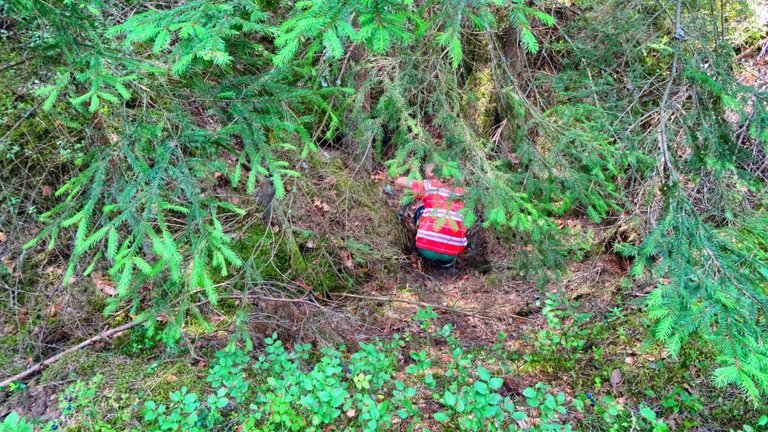 Found another rabbit hole
Found another rabbit hole
No one visits this strange place south of Spirding Lake. There are no signs, no memorials, no graves. Just oppressively small bunkers, an inscrutable system of trenches that have slid together over decades, and blueberries growing out of the blood-soaked earth. A forgotten battlefield, a piece of war out of sight.
Victory for the war
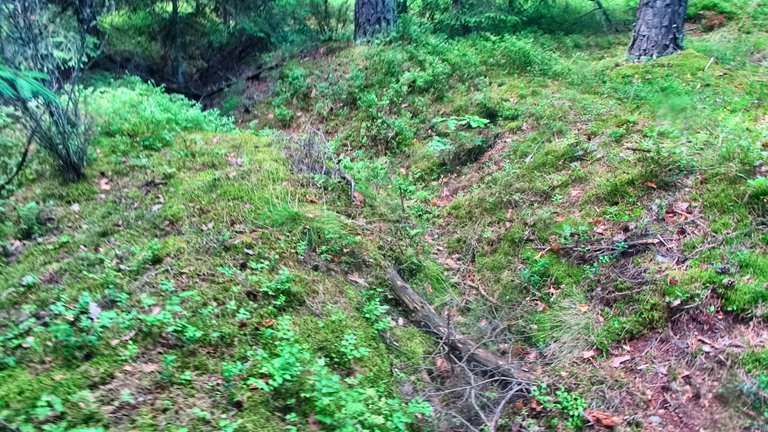 You can't imagine what happened here
You can't imagine what happened here
But from the late summer of 1914, weapons clanged in what is now a vacation area. Immediately after the war began, the German army command had thrown nearly all available troops to the west to fight down France. Russia, the enemy to the east, would need time to mobilize its army, it was believed in Berlin. By the time the tsar's troops were deployed, France would already be defeated and reinforcements would be quickly brought by rail from the west to East Prussia, the generals hoped.
 A local man is ,looking for blueberries
A local man is ,looking for blueberries
They were wrong. At the beginning of August, the Russian troops were ready to fight. In the north, two armies of the tsar march on Königsberg. The few troops of the emperor have to retreat in order not to be cut off. 600 years after the famous Battle of Tannenberg between German knights of the Order and the Polish royal army, the armies of the Russians and the Germans meet south of Allenstein, today's Olsztyn.
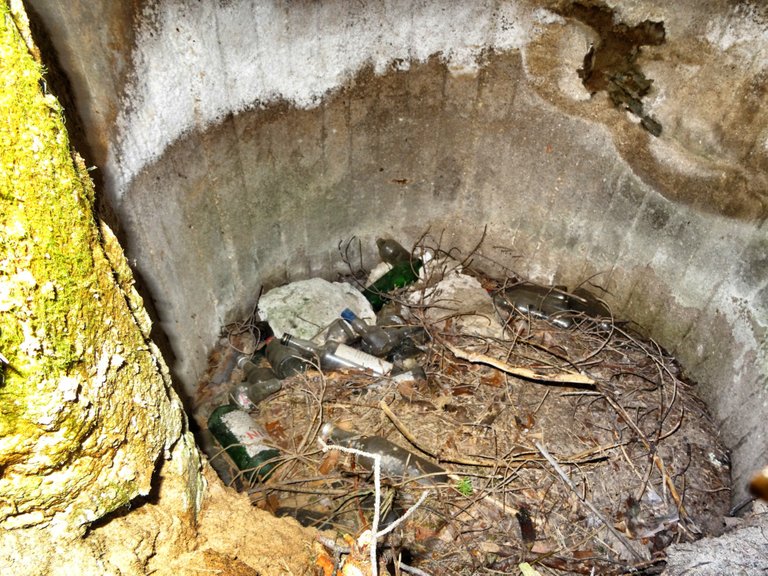 The house of war
The house of war
The dream of short war
German commander Paul von Hindenburg leads 153,000 men into the field against 191,000 soldiers of the two Russian army commanders Alexander Samsonow and Paul von Rennenkampff, right here were we stand. Hindenburg hopes that Rennenkampff, a Baltic German in the service of the tsar, posted in the north, will not arrive on the battlefield until he has defeated Samsonov.
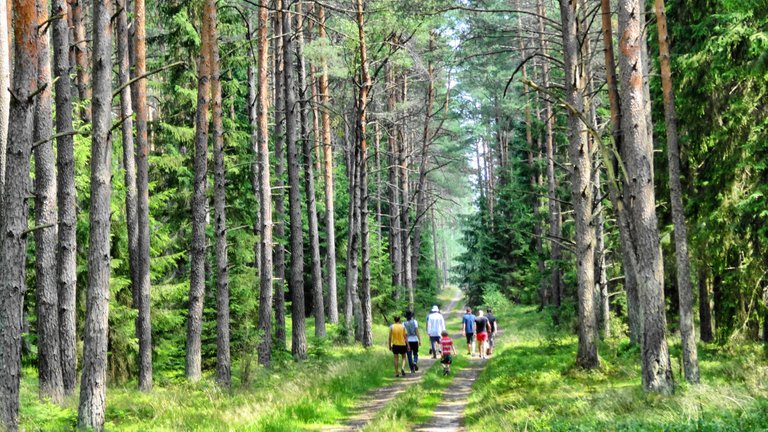 We are walking through the wood of war
We are walking through the wood of war
It is a game of vabanques that the 67-year-old von Hindenburg must dare to play if Germany is not to lose World War I after only one month. If his troops are defeated by Russian forces, the way to Berlin is clear.
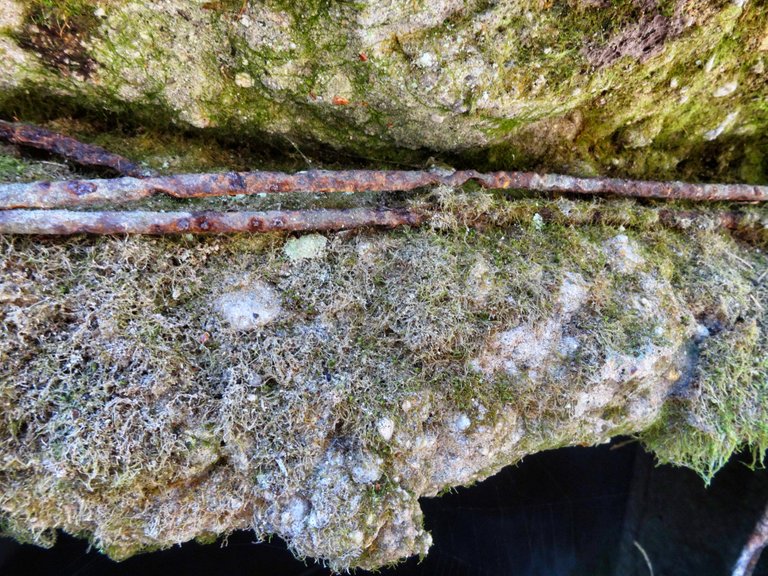 Iron and concrete, moren than 100 years old
Iron and concrete, moren than 100 years old
The battle of Allenstein raged for five days, then the Germans triumphed. Rennenkampff does not intervene because he is afraid of falling into a trap. Samsonov's invasion forces, left on their own, are routed. The commanding general shoots himself in a forest near Willenberg, about where we are now.
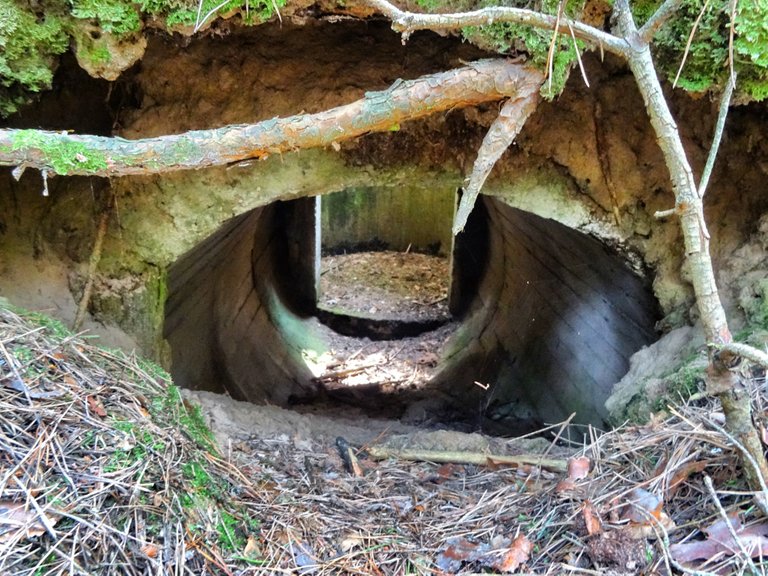 Concrete buildings from World War I
Concrete buildings from World War I
Inspiring triumph
Paul von Hindenburg reports victory in the "Battle of Tannenberg." He thinks he has erased the shame of the ignominious defeat of the German Knights of the Order by the forces of the Polish King Władysław II some 500 years earlier. Forever.
 Under the surface
Under the surface
How little is this true today, when there are only forests, fields, rutted roads and in between caves, trenches and small bunkers. Where the ground turned red from the blood of the wounded and fallen, no trace has remained. Nobody knows today if this was Germany that became Polish? Poland, which becoming German? Poland, which Russia took for the czar? Or Russia that fell to Poland?
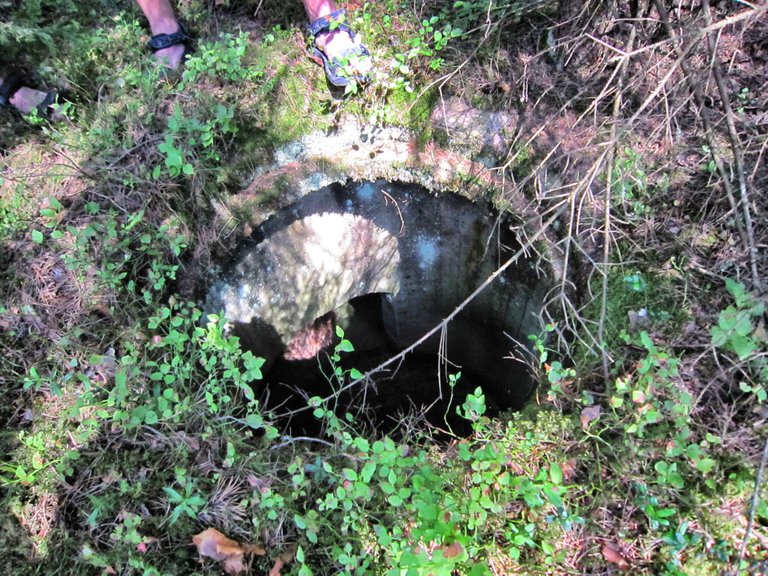 Way to the underground
Way to the underground
"The noise of battle had not yet died down when we began preparations for the attack on Rennenkampff's army," von Hindenburg wrote in his diary. With 20 divisions, the tsar's army commander stands behind the Masurian lakes - two men on a historic mission. One defends East Prussia. The other is attacking to defend Russia. Just a week after the fighting at Allenstein, the 8th Army advances 150 kilometers wide against Rennenkampff's regiments. "We are driving forward," notes Hindenburg, who wants not only to drive the Russian troops out of East Prussia but to destroy them in order to eliminate them permanently.
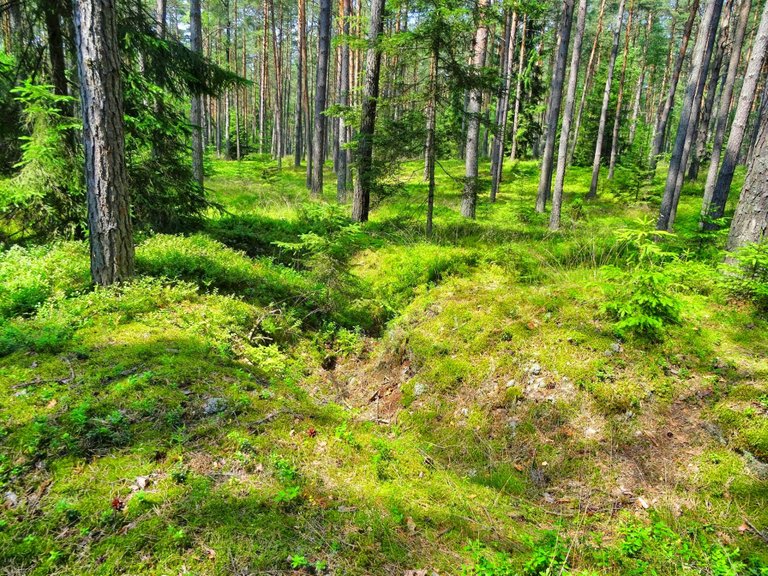 A dig for the soldiers
A dig for the soldiers
A wish that the ensuing battle cannot fulfill. It is true that the German troops once again succeed in bypassing the Russian positions. But when the fortunes of war turn against him, the experienced Rennenkampff orders a retreat. The tsar loses more than 100,000 dead, wounded and prisoners and almost all conquered German territories. Instead, Hindenburg's battalions suddenly find themselves at Suwalki, which had belonged to the tsarist empire since the redivision of Europe a hundred years earlier.
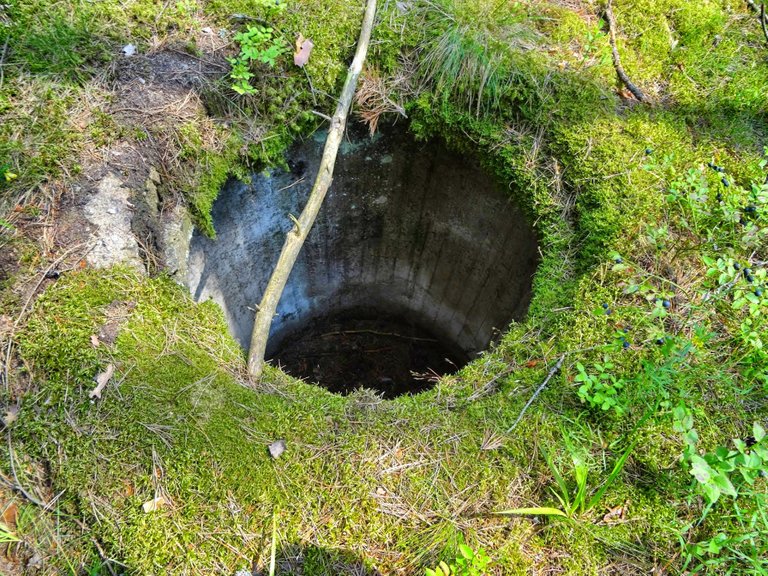 A shelter for a machine gun
A shelter for a machine gun
Everything has just begun
One must not forget: Twice now the front has swept over the civilian population, costing thousands of lives and forcing tens of thousands to flee. And nothing has really moved, as the autumn shows. As early as November 1914, Russian formations were again advancing westward, where the Germans had by now dug fortified positions along the Masurian lakes. As in the west, the front froze in positional warfare.
 Blueberries on blood
Blueberries on blood
"As soon as heavy frost set in and the lakes covered themselves with ice," writes the Rev. Hermann Braun in his war diary, "we all became anxious - if the ice cover was strong enough, an attack by the enemy was certainly to be expected - woe to us poor people!"
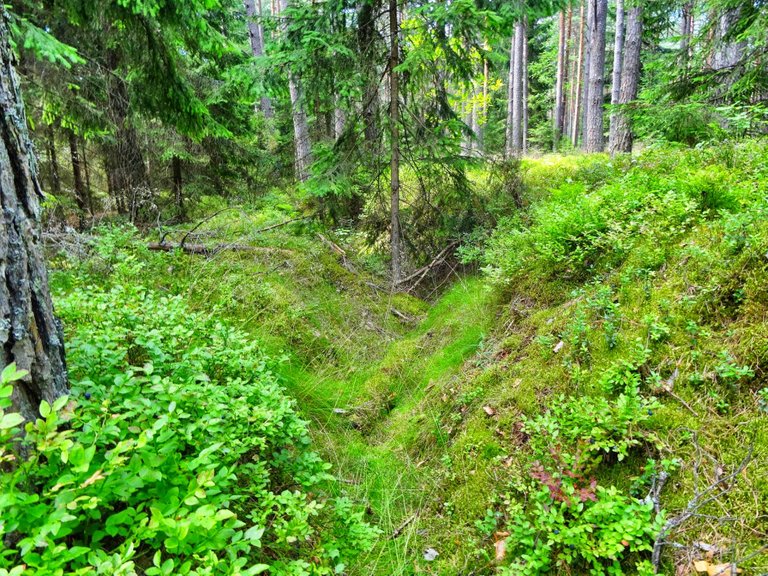 Where a lot of soldiers died
Where a lot of soldiers died
Things turn out differently once again. At the beginning of February, a quarter of a million German soldiers set out to storm the Russian positions. Where today sailboats cruise and youth groups laugh in paddleboats, for two weeks shells howl, huge marching columns roll eastward, artillery shoots towns like Lyck into ruins, and tens of thousands of corpses, mostly of Russian soldiers, line the streets.
It becomes the third victory of German troops in a row, for which Kaiser Wilhelm II himself thanks his soldiers during a visit to the front. It was also celebrated enthusiastically at home. And yet, once again, the triumph does nothing more than prolong a war that has only just begun nearly 110 years ago.
A war, that is today is forgotten everywhere.
Thank you for reading and if you like my work please follow me on Hive, Travelfeed or Steem or visit my homepage koenau.de
A few more pictures for you:
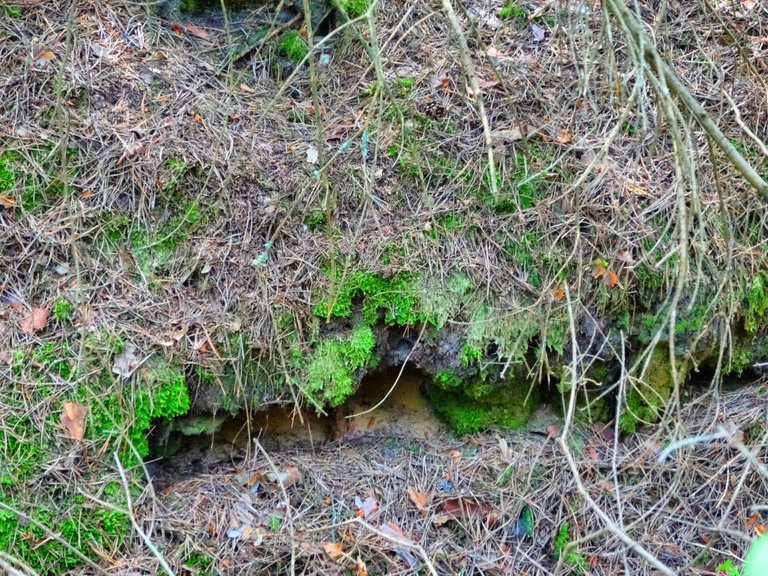 Soil capsuled the concrete
Soil capsuled the concrete
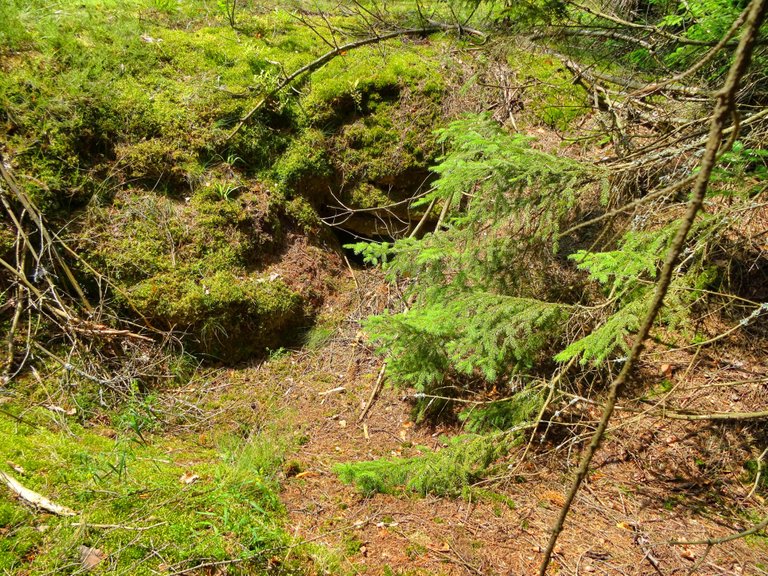 More traces of war
More traces of war
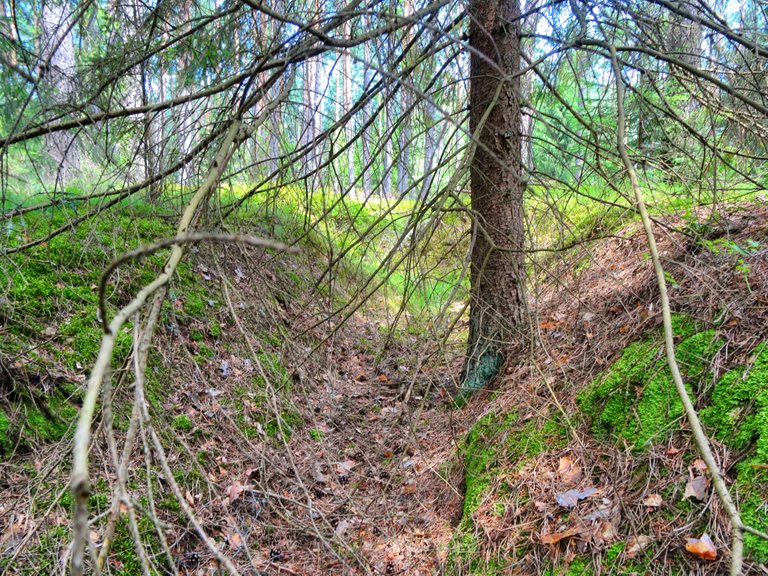 Dig with a tree
Dig with a tree
 A lot of structures in the soil
A lot of structures in the soil
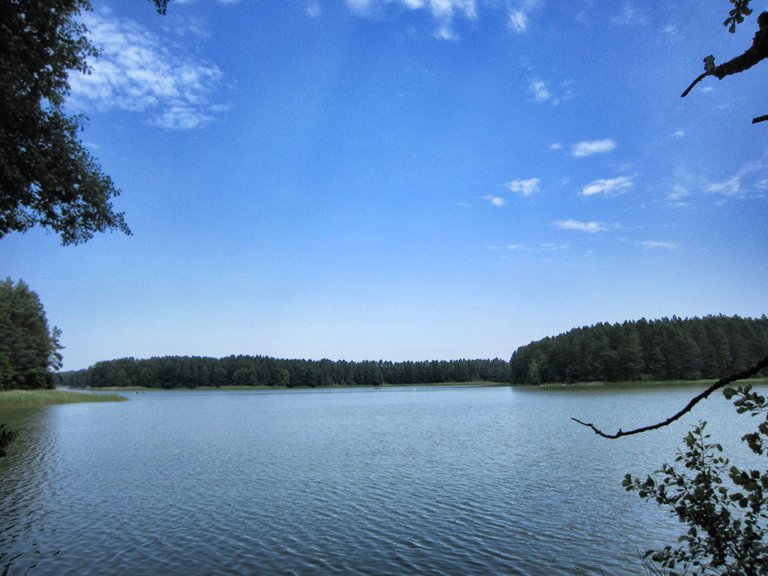 Over the lake are the enemies
Over the lake are the enemies
 A gig of war
A gig of war
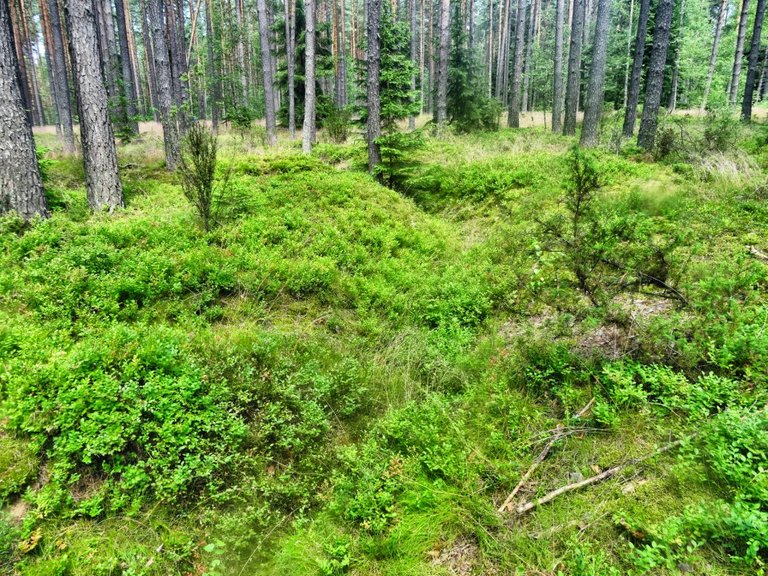 This is where the blood was
This is where the blood was
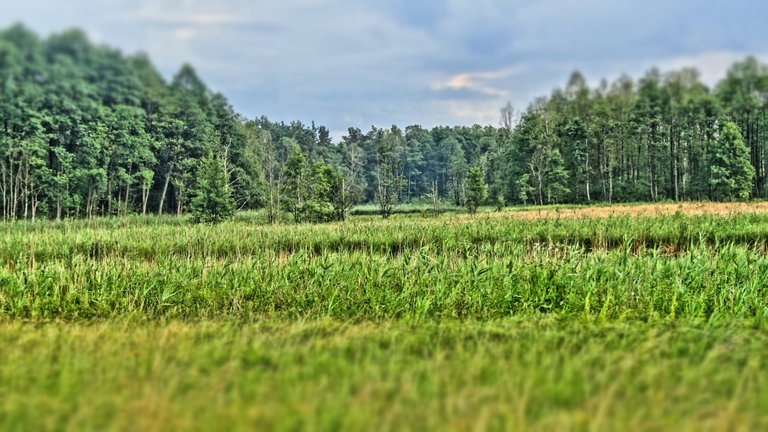 Today it is a paradise
Today it is a paradise
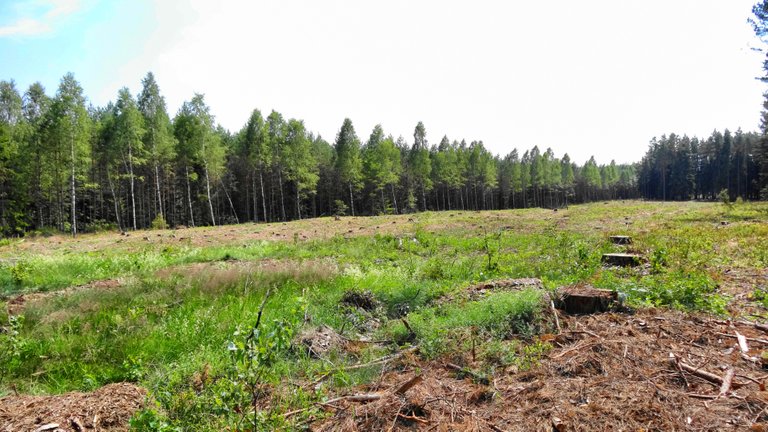 Gone wood
Gone wood
 One of the old digs
One of the old digs
 The way to the battle field
The way to the battle field
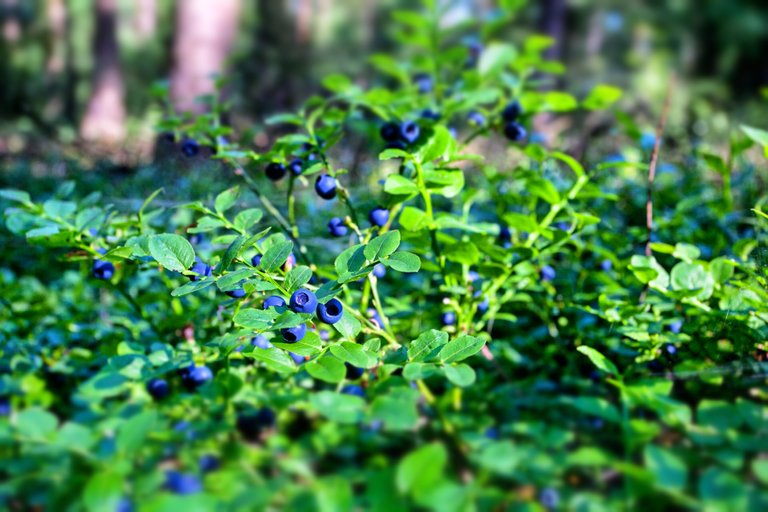
Congratulations, your post has been added to Pinmapple! 🎉🥳🍍
Did you know you have your own profile map?
And every post has their own map too!
Want to have your post on the map too?
Hiya, @choogirl here, just swinging by to let you know that this post made it into our Top 3 in Daily Travel Digest #1731.
Your post has been manually curated by the @pinmapple team. If you like what we're doing, please drop by to check out all the rest of today's great posts and consider supporting other authors like yourself and us so we can keep the project going!
Become part of our travel community:
Cute blueberry forest 😊
Congratulations @koenau! You received the biggest smile and some love from TravelFeed! Keep up the amazing blog. 😍 Your post was also chosen as top pick of the day and is now featured on the TravelFeed.io front page.
Thanks for using TravelFeed!
@invisusmundi (TravelFeed team)
PS: Did you know that we recently launched the truvvl app? With truvvl, you can create travel stories on the go from your phone and swipe through nearby stories from other TravelFeed users. It is available on the Apple App Store and Google Play.
Whoah must be awesome to be foraging blueberries in this mossy green forest, I can smell its pleasant forest scent from here. 😍
Omg, what an amazing experience to be in that place, I admire your courage, I wouldn't know what to do with the vibe of the place or even be sure to eat some blueberries hahaha.
Beautiful photographs!
The machine gun shelter, is simply incredible.
thanks for sharing!!! <3
It's mad isn't it. People were just shooting and throwing bombs at each other, right there at that place. Because of some greedy bat shit crazy people "up there". It's heartbreaking.
It's just a forest now. Hope you got some of those bluebs they re full of antioxidants haha
Thanks for sharing!
So mad. People always are.
The forest is beautiful and you can feel that particular energy of many stories of yesteryear, of war, of hiding. I did not know that this bisque existed and it is the first time that I see these tunnels and spaces related to the times of battles, where man made the forest his home and his hiding place once again.
What a nice way to learn through your photos and writing.
Thank you very much!